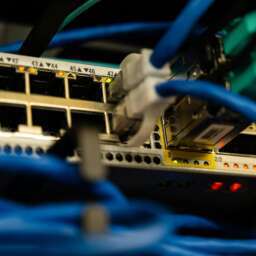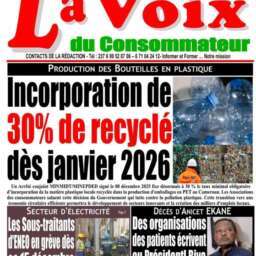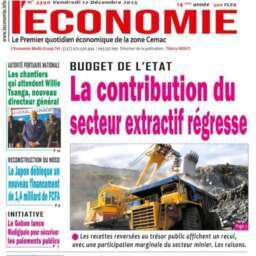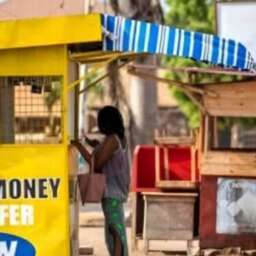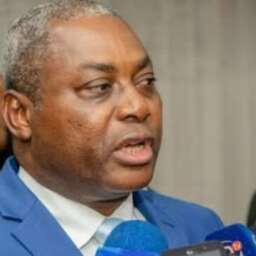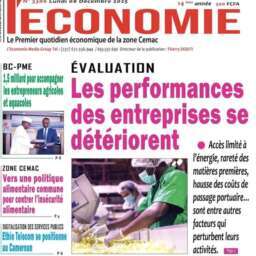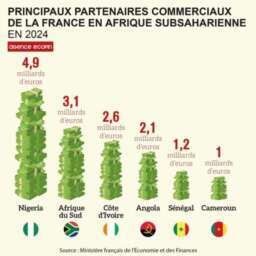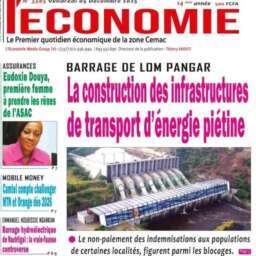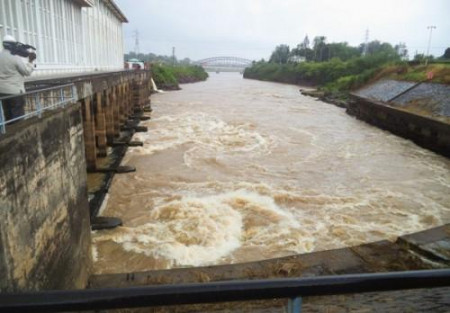(Business in Cameroon) – The Songloulou hydroelectric dam, on the Sanaga River, is struggling to meet its installed capacity of 384 megawatts (MW). Located 50 kilometers north of the Edéa hydroelectric dam, Songloulou’s underperformance is primarily attributed to aging infrastructure and critically low water levels, which operator Eneo blames on climate disruptions.
Since January, the reservoir’s water level has been insufficient for optimal power generation. The plant, designed to supply 35% of the power to the Southern Interconnected Grid (RIS), which serves seven of the country’s ten regions, is currently operating at reduced capacity.
“In 2024, we began the year with a 2-billion-cubic-meter shortfall in the filling of our storage dams, and the dry season has been severe on the Sanaga,” Eneo stated.
Inadequate Flow Regulation Cited
Eneo further noted that these factors have “often led to production levels below the maximum capacity of the three major plants, Songloulou, Edéa, and Nachtigal.” Paradoxically, the electric utility emphasized that “these reservoirs are designed to stabilize flows, allowing Songloulou and Edéa to operate at full capacity even during the dry season.”
Four storage dams built on the Sanaga’s tributaries are tasked with regulating its flow to ensure the river’s power stations do not suffer from water shortages. These include the Bamendjin dam (1.8 billion cubic meters (m³)) on the Noun, the Mapé dam (3.3 billion m³), the Mbakaou dam (2.6 billion m³) on the Djerem, and Lom Pangar (6.2 billion m³). Water released from these reservoirs typically takes 5 to 7 days to reach Songloulou.
Addressing the the hydrological issues, Maxime Nkat, director of the Songloulou plant said: “The hydrological issue has been temporary since the beginning of the year and is mainly because the upstream reservoirs, like Mbakaou, Bamendjin, and others, did not have sufficient reserves to guarantee the steady flow of 1,100 m³/s needed. At present, we’re at around 800 m³/s, which is below the flow required to maintain full capacity at all times.”
Dry Season Exacerbated by Past Deficit
Ahmadou Bivoung, Eneo’s Central Director of Production, explained the current low water levels are a result of two factors. “This year’s low water levels stem from two factors. On one hand, the filling done in year N-1 secures the dry season of year N. But in 2023, we ended the year with a 2-billion-m³ deficit compared to 2022.“
Additionally, the volume of water released from the storage dams has been limited. “Take the case of the Southern Interconnected Grid (RIS): interannual flows, which are independent of the reservoirs, were particularly low. As a result, the combination of reservoir releases and natural flows was far from sufficient to properly supply all the dams installed along the Sanaga,” Bivoung concluded.
Eneo’s performance data underscores the dry season’s impact on Songloulou. In 2015, the dam supplied 41% of the RIS’s power, covering the country’s seven southern regions. This figure rose to 44% a year later before gradually declining, falling below 40% since 2022.
To maintain Songloulou’s pivotal role within the RIS, Eneo is banking on the increased output from the Nachtigal dam, the country’s largest with a 420 MW capacity. However, Eneo acknowledges a “suboptimal interconnection” between Nachtigal and the Songloulou and Edéa plants, which it also operates.
Another pressing challenge for Cameroon is the urgent need to diversify its energy sources, including solar and wind power, to mitigate vulnerability to prolonged droughts that increasingly threaten the country’s water reserves.
Ludovic Amara



